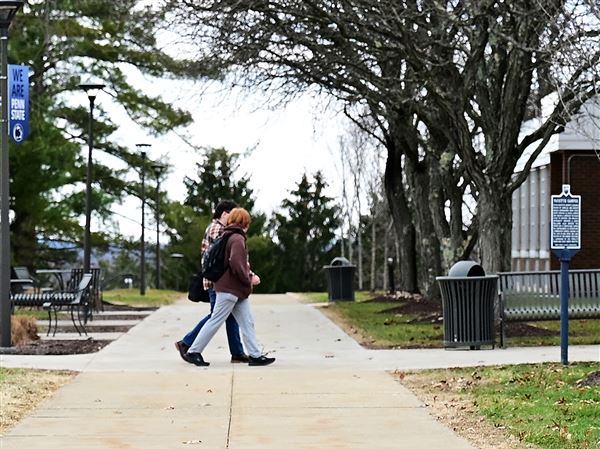The opening scene of Neel Mukherjee’s second novel, “The Lives of Others,” depicts an act of extreme desperation: A tenant farmer, driven to desperation by the 1966 food shortages in West Bengal, India, decapitates his wife and kills his three children before committing suicide by ingesting acid.
After this harrowing opener, the novel turns its gaze on a much different family, the Ghoshes, who live three generations together in an enormous house in Calcutta.
“The Lives of Others” was short-listed for the 2014 Man Booker Prize, which honors the best fiction written in English and published in the United Kingdom. Mr. Mukherjee’s first novel, “Past Continuous” (“A Life Apart” in its U.S. publication), was awarded the 2008 Vodafone-Crossword Book Award, which honors the best writing in India.
The Ghosh family house is a microcosm of the Indian class system; social hierarchies are reflected in the division and inhabitation of space. The aged patriarch, who founded a paper company, lives in the best quarters on the top floor, followed by his favored son on the floor just below. At the bottom of the house, in its windowless cavernous rooms, are the servants and the widow and children of a deceased and disgraced family member.
W.W. Norton ($26.95)
Family members and servants alternate narrating their perspectives in this sprawling domestic and historic saga that spans 1960s and 70s Calcutta.
Things are not as they seem in “The Lives of Others.” The house may be extravagant, but the paper company is in decline due to workers’ strikes and mills that were lost during the partitioning of India.
The oldest son, Adinath, may be envied by his siblings, but he was forced to give up his dream of becoming an engineer to fulfill familial obligations, which “lie in a nebulous notion of tradition, of the way things are done and have been done for generations, of the overweeningly important idea of what the world thinks.”
The novel counterbalances “what the world thinks” with how the world actually lives. Adinath’s son, Supratik, is bothered by his family’s privilege and desires a life where he’s not “forever at the centre of things, the subject of the sentence,” which leads him to join the armed Maoist Naxalite movement, living with farmers in rural India.
Despite the confluence of narrative voices in “The Lives of Others,” Supratik’s experience leading rural tenant farmers in rebellion against landowners becomes the dominant narrative.
“The Lives of Others” ponders the ethics of social change and rejects “an easy formula that barely touches the true, and therefore complicated, history, choosing a short, convenient fiction over the dense adventitiousness of fact.”
The novel questions whether efforts to change social systems should be focused “closer to home,” on the family, or further afield, with people who are unknown. As the novel mulls over this tension, it offers a disturbing fact: It is often women, servants and uneducated laborers whose lives, despite revolutionary action, remain the same.
Supratik is unable to see how, in his revolutionary fervor to help others, he not only becomes selfish, but also hypocritical. He sacrifices the family’s loyal servant for larger class warfare. Likewise, women in the Ghosh family suffer under traditional roles that limit them to parenthetical lives to domineering men. Supratik the revolutionary is not able to see the lives of others closest to him.
“The Lives of Others” is a masterfully written novel that asks difficult questions about family, history, social change and the extent to which we can ever really step outside our own lives. This is a demanding novel that, at times, overwhelms the reader with too many characters and events.
Despite these challenges, Mukherjee’s historical tale is compelling; his use of language and metaphor is inventive. Readers, summon your stamina — you will be rewarded for your efforts with one of the most thoughtful, well-written novels of the last year.
First Published: January 25, 2015, 5:00 a.m.

















